Chat GPT-4 and Chemistry Questions
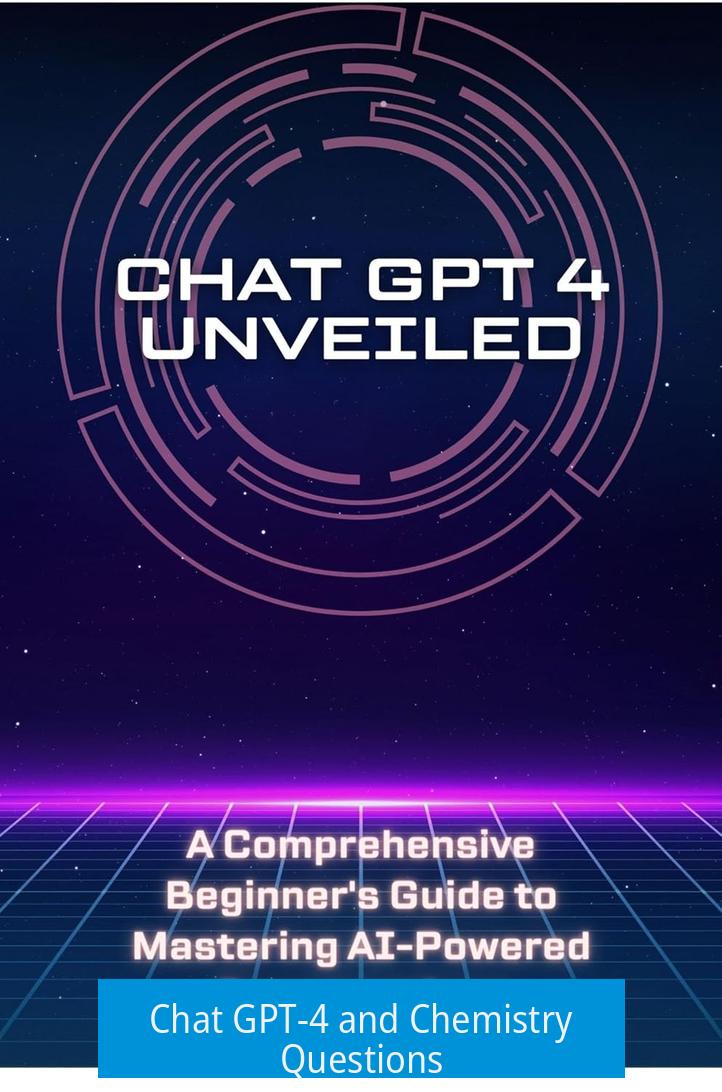
Chat GPT-4 can assist with basic chemistry questions but cannot reliably address complex or detailed chemistry problems. It is a language prediction model, not a dedicated chemistry tutor or reference tool. Users must approach its responses critically, especially for advanced topics.
1. Nature and Limitations of Chat GPT-4 in Chemistry

1.1 Language Model Characteristics
Chat GPT-4 operates by predicting subsequent tokens—these can be letters, words, or symbols—based on user input. It does not search databases or verify facts. It generates plausible text using patterns learned from large datasets. This process means it is not inherently a source of verified information. It cannot consult external databases or perform real-time checks.
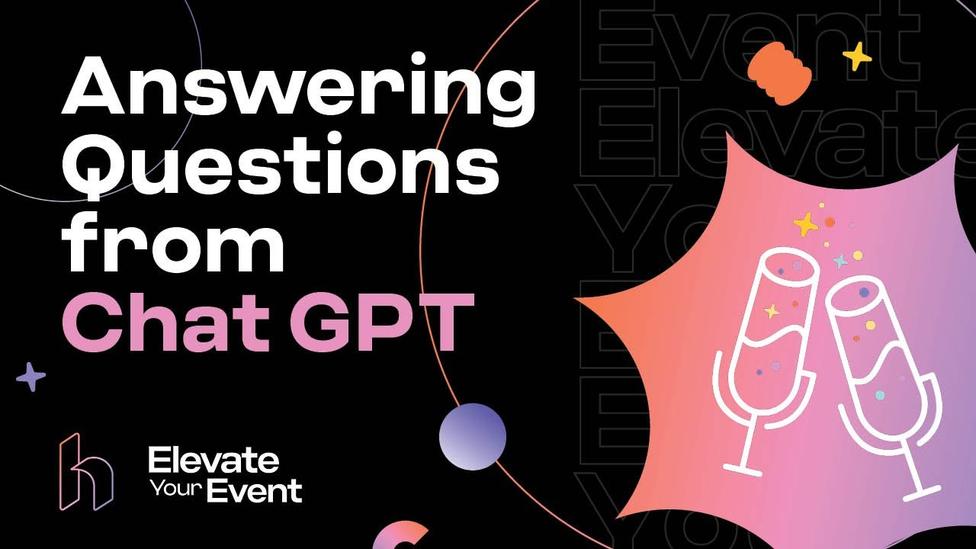
1.2 Accuracy and Reliability Issues
The model struggles notably with intricate chemistry questions involving spectroscopy or physical chemistry. It frequently produces inaccurate or fabricated answers. Users should not trust it to balance chemical equations correctly or to solve problems requiring precise calculations. Its utility is largely limited to explaining very basic concepts in chemistry.
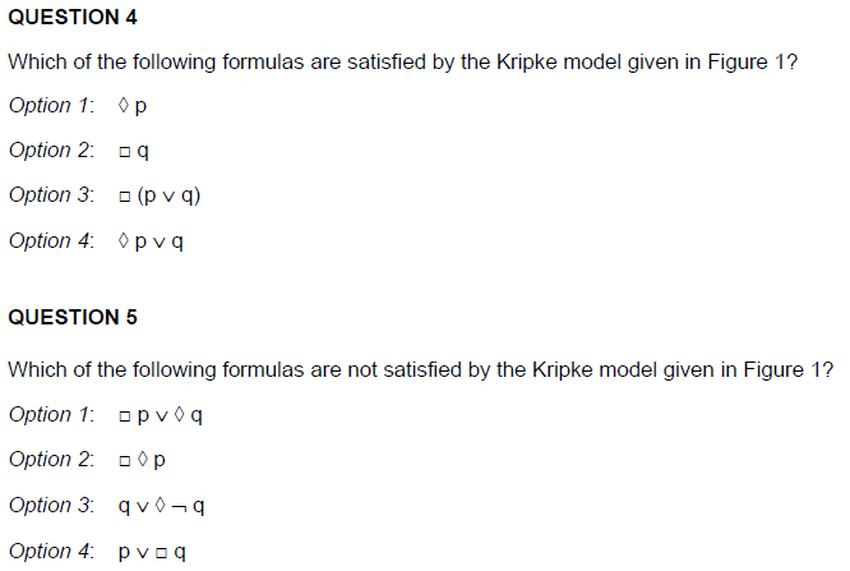
1.3 Knowledge and Understanding
Chat GPT-4 lacks genuine understanding of chemistry. It mirrors the appearance of knowledge by generating text resembling human writing. However, it does not possess chemical insight or problem-solving skills.
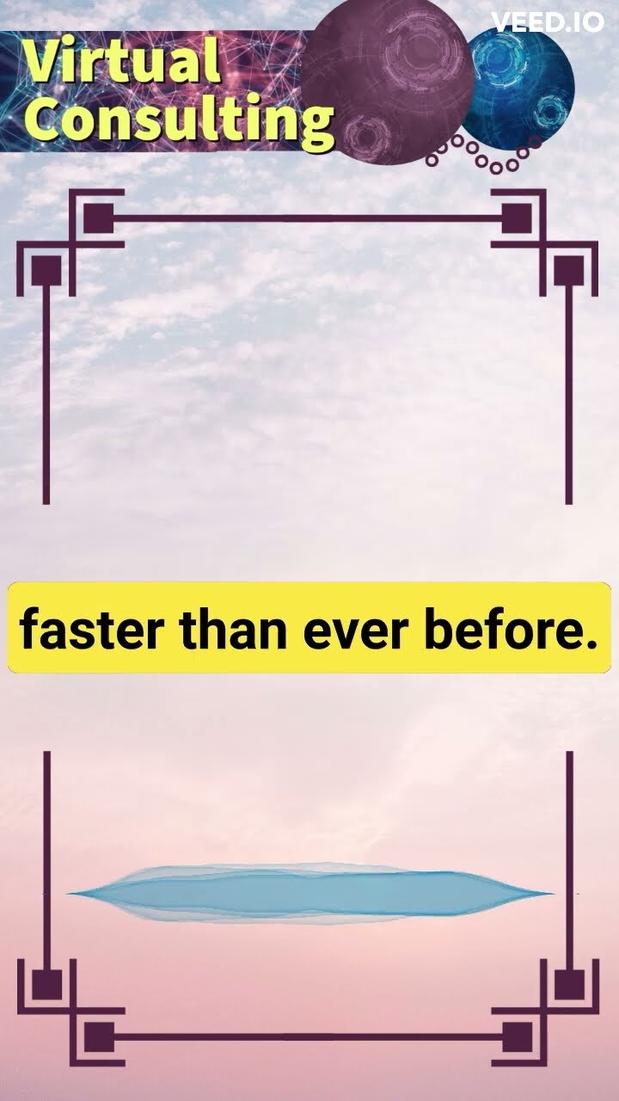
2. User Experience with Chat GPT-4 on Chemistry Questions
2.1 Depth and Detail of Answers
When tested on general chemistry questions, the model can provide responses that are technically correct but shallow. Attempts to obtain further detail often lead to repetitive or circular explanations rather than richer content. This limits its effectiveness for deeper learning or research purposes.
2.2 Surface-Level Intelligence and Circular Responses
Chat GPT-4 tends to identify the perceived “desired” response and presents it. This causes it to appear knowledgeable superficially. However, it struggles with objective or advanced questions and may cycle through the same points without adding new information.
2.3 Misleading or Incorrect Output
Users lacking chemistry expertise might find it difficult to discern when the model provides incorrect information. It sometimes confuses basic concepts, such as mixing definitions of acids and bases, reflecting its limitations as a language model trying to please the user.
3. Best Practices and Warnings for Using Chat GPT-4 in Chemistry
3.1 General Recommendation
Chat GPT-4 is best suited for answering straightforward, introductory questions in chemistry. Advanced inquiries require verification from authoritative sources. Users must recognize the signs of invalid responses to avoid misinformation.
3.2 Recognizing Responses that Lack Confidence or Are Fabricated
- If the model defers to experts or recommends external references, it likely cannot produce a reliable answer.
- Forcing the model into an answer often results in fabricated data.
- Repeated questioning or consulting multiple instances can reveal inconsistencies, which signal uncertainty.
- If claiming an error prompts the model to concede, it suggests the response lacked firmness initially.
3.3 Detecting Falsehoods and Handling Red Flags
Users can identify false information by checking for:
- Impossibly confident claims without proof,
- Incorrect calculations or chemical logic,
- Repeating the same answer with minor variations, and
- Reliance on vague or circular explanations.
3.4 Recommended Approach
Use Chat GPT-4 as a starting point to frame your research questions. After generating initial ideas or simplifying concepts, verify information with textbooks, peer-reviewed papers, or trusted educational websites. Avoid treating AI-generated content as definitive or citable sources.
4. Reflective Advice on Learning Chemistry
Artificial intelligence cannot replace the foundational understanding gained through formal study. Relying on shortcuts limits one’s ability to solve real problems or perform critical thinking. Investing time in learning chemistry fundamentals ensures effective use of AI tools.
5. Alternative Resources
Specialized apps may offer better support for chemistry questions. For example, ChemApp provides tools aimed specifically at chemical calculations and learning. These dedicated resources supplement learning more reliably than AI language models.
| Aspect | Chat GPT-4 | Dedicated Chemistry Resources |
|---|---|---|
| Accuracy on complex topics | Low; prone to errors and fabrication | High; verified scientific data |
| Depth of explanations | Surface-level; repetitive on follow-up | In-depth and specialized |
| Use case | Basic questions, brainstorming | Detailed calculations, research, learning |
| Reliability | Uncertain; verify externally | Trusted and validated |
Key Takeaways
- Chat GPT-4 predicts language but lacks genuine chemistry knowledge.
- It can assist with simple chemistry but is unreliable for complex or precise questions.
- Users should critically evaluate responses and verify with trusted sources.
- Repeated questioning or comparison can expose questionable answers.
- AI tools serve as starting points—not final authorities—for chemistry learning.
Chat GPT-4 and Chemistry Questions: Separating Facts from AI Fiction
Can Chat GPT-4 reliably answer chemistry questions? The short answer is a cautious “no.” Despite its impressive language skills, GPT-4 struggles with the intricacies of chemistry. It often pretends to know more than it does. Let’s explore why, how users experience it, and what to do if you’re tempted to turn to the AI for your chemistry woes.
Understanding Chat GPT-4’s Role in Chemistry
Chat GPT-4 is a large language model. What does that mean? It predicts the next word or character based on what you type. It’s built to mimic human language patterns, not to function as a chemistry textbook or a reliable encyclopedia. It’s not a search engine and is certainly not a definitive source of truth for complex scientific concepts.
While it can explain basic ideas like atomic structure or periodic trends, it stumbles badly when you ask for detailed answers. Spectroscopy? Physical chemistry? Don’t hold your breath. It’s well-documented that GPT-4 sometimes “hallucinates” – basically making things up. It can’t balance equations correctly most of the time, either. You’re better off doing that yourself; it’s a vital part of learning.
The model lacks genuine chemistry knowledge. It looks smart but doesn’t really understand the subject. It regurgitates information it has seen during training but can’t truly verify facts. This leads to answers that can sound plausible but are wrong—a recipe for confusion if you rely blindly on AI.
User Experiences: The Surface Shine and the Hidden Gaps
Many users report that Chat GPT-4 gives technically correct answers to General Chemistry questions, but usually, they stick to the surface level. Push it for more depth, and you might get your question repeated back at you or circular, evasive responses.
What’s tricky is that GPT-4 is excellent at guessing what you want to hear. It feeds you answers that sound right without solid backing. Sounds great until you ask an objective, hard question. It soon trips over itself, spinning in circles or contradicting information.
Imagine asking about acid-base theory and getting a lecture that confuses acids with bases. Sounds ridiculous, but it happens. GPT-4 is designed to please, even if that means bending facts or just plain inventing them. So unless you already know chemistry, you might not recognize when you’re being misled.
Best Practices for Using Chat GPT-4 in Chemistry
So, if GPT-4 isn’t your chemical encyclopedia, how do you use it wisely?
- Use it for basic concepts only. It can help explain what an atom is or what molar mass means. That’s about it.
- Watch out for dodgy answers. If GPT-4 suggests “ask an expert” or admits uncertainty, take it seriously. Its honesty there means it’s out of its depth.
- Ask multiple times, in different ways. If its answers keep changing, that’s a red flag. Consistency matters.
- Challenge its answers. Tell it it’s wrong and see if it caves. If it agrees too easily, maybe don’t trust that info.
- Spot fake authority and bad math. Errors in chemical equations, unbalanced formulas, or nonsensical terms should sound alarms.
- Use GPT-4 as a search query helper, not a final source. It’s great for suggesting what keywords to try next. Follow up with textbooks, scholarly articles, or trusted apps.
At the end of the day, almost everything GPT-4 says is “made up” by design. It’s not citing peer-reviewed papers or verified databases. It strings together words in a convincing way, but that doesn’t make them true.
Reflecting on Learning Chemistry the Right Way
Here’s a thought: Why pay tuition, attend lectures, and spend hours studying just to cheat yourself out of learning? Trusting AI shortcuts over deep understanding might save time now, but it leaves gaps that haunt you later – especially in tests and real-world applications.
Learning chemistry requires effort—balancing equations, understanding reaction mechanisms, and identifying spectroscopic data can’t be outsourced completely. GPT-4 is not your tutor. It’s more like a chatty acquaintance who sometimes insists on facts but often wild guesses.
Better Alternatives and Tools
If you want tech help with chemistry that works, consider specialized apps like ChemApp. Designed for chemistry learners, it offers calculators, explanations, and data tailored for accuracy.
Combining classic study methods with such valid digital tools beats relying on AI models that drum up convincing nonsense.
The Bottom Line
Chat GPT-4 may seem like a helpful chemistry buddy. It can chat fluently and explain basic concepts. But it’s blind to accuracy, clueless about depth, and not a suitable resource for serious queries. Use it cautiously, verify everything, and remember—no AI can replace real learning and expert guidance.
Next time you face a tricky chemistry question, ask yourself: “Do I want a quick, possibly wrong answer or a solid understanding?” If you choose the latter, turn to textbooks, professors, and trusted apps—not just a fancy language model.
1. Can Chat GPT-4 reliably answer complex chemistry questions like spectroscopy?
No, Chat GPT-4 struggles with complex topics such as spectroscopy or physical chemistry. It often produces inaccurate or fabricated answers in these areas.
2. How accurate is Chat GPT-4 at balancing chemical equations?
Chat GPT-4 can barely balance chemical equations correctly. Users should perform this work themselves, as relying on it leads to mistakes.
3. Why does Chat GPT-4 sometimes give circular or repetitive answers for chemistry questions?
When pressed for detail, it often repeats the question or goes in circles. This happens because it mimics patterns rather than truly understanding chemistry.
4. How can users detect if Chat GPT-4’s chemistry answers are fabricated?
Ask the same question multiple times or tell it when it’s wrong. If it changes answers or agrees without confidence, it likely made something up.
5. What is the best approach to using Chat GPT-4 for chemistry learning?
Use it to generate basic ideas or search terms. Always verify its answers with reliable, non-AI sources since it isn’t a true source of scientific facts.


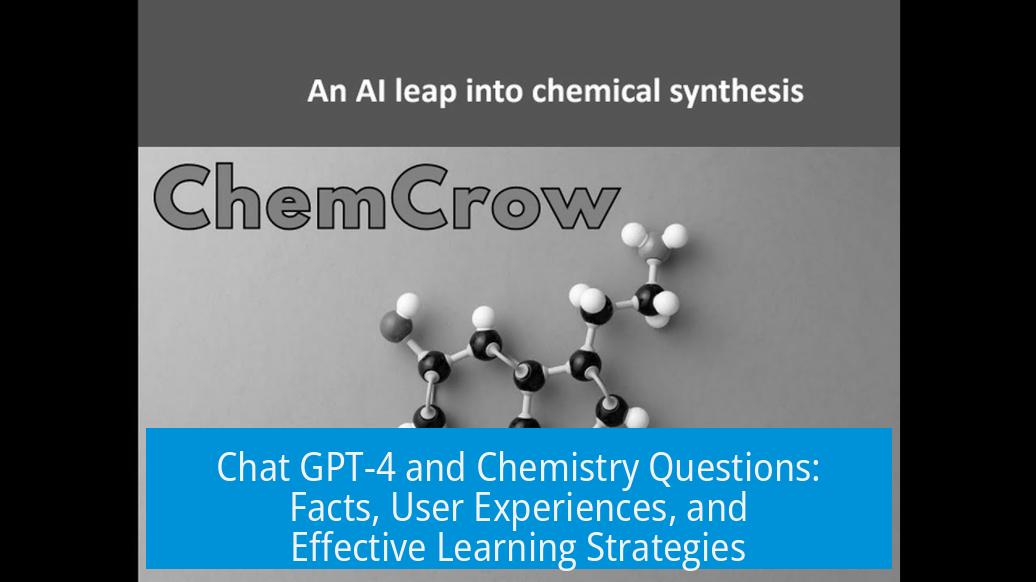
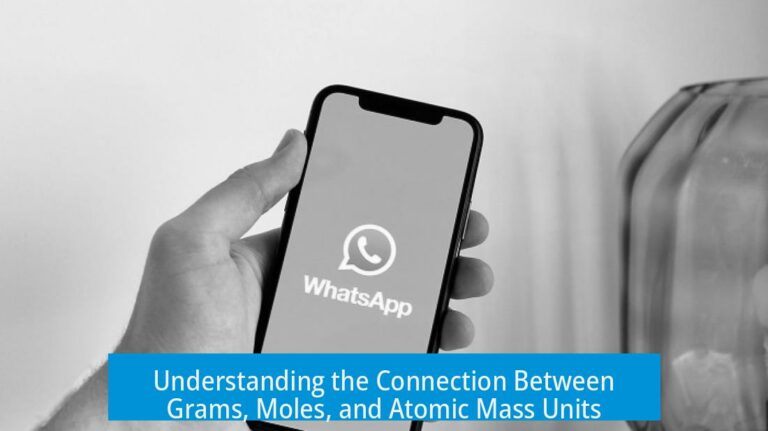
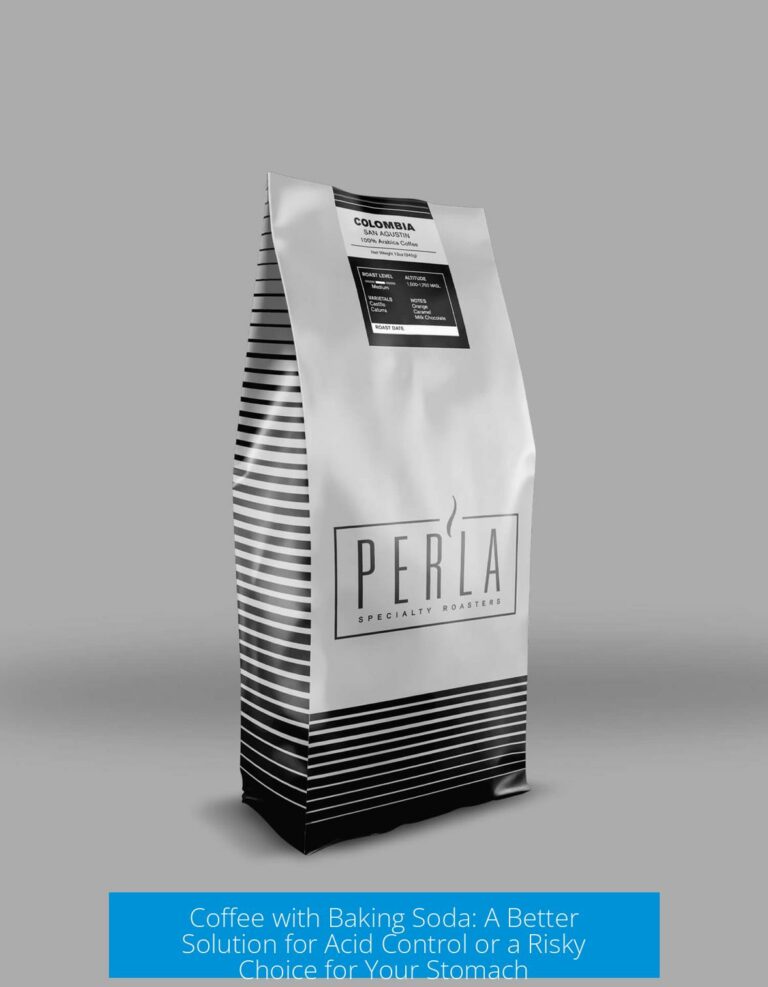
Leave a Comment